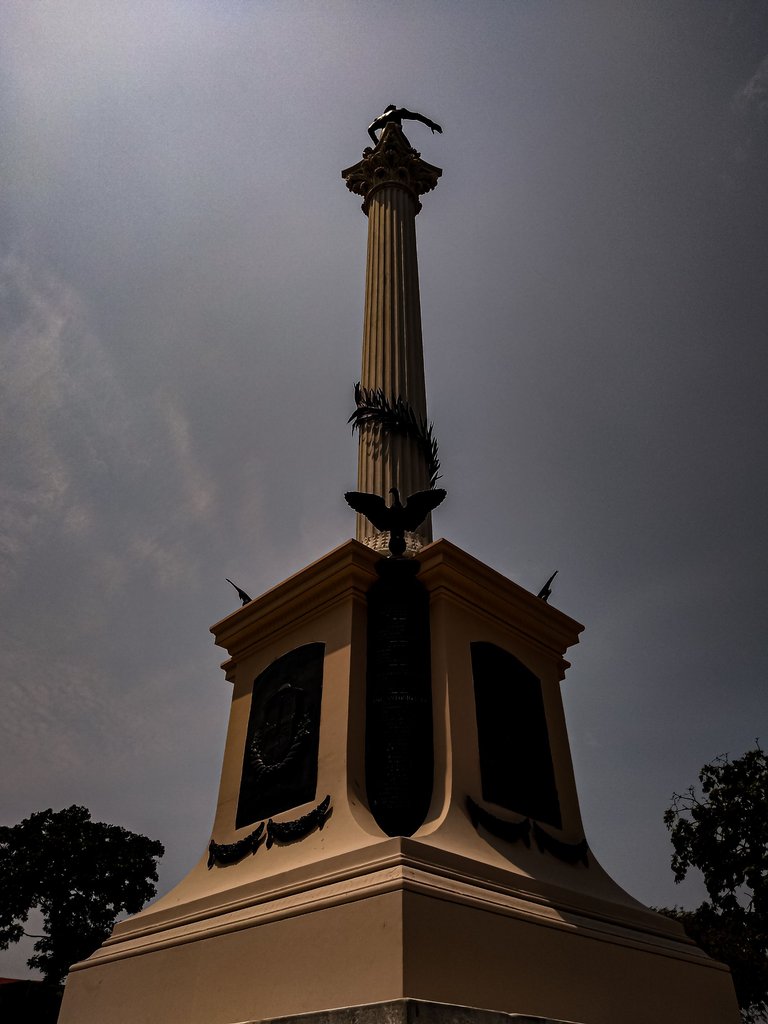
Almost every story I tell about my city seems to circle back to the same place. The Plaza Bolívar stands at the heart of Valencia not just in geography but in memory. It is where I learned what the word origin means, even before I could define it. The air there carries the weight of beginnings, as if the cobblestones themselves were still holding on to the echoes of the first voices that named this place. When I walk through the plaza, I feel the pulse of a city that has always been both proud and wounded, resilient in ways only old cities can be.
Beneath the monument of Simón Bolívar, a column of neoclassical precision and stubborn grace, time seems to pause. The statue points toward the fields of Tocuyito, the site of the Battle of Carabobo, where independence was sealed in blood and dust. Yet nothing about the plaza feels frozen in reverence. The marble has been worn smooth by decades of footsteps, and the bronze glows unevenly where hands have reached out almost instinctively to touch history. I have often wondered how many versions of Valencia have stood in this same space, layered invisibly over one another like translucent film. You can still sense the colonial echoes of what was once the Plaza Real, before the wars, before the renaming, before memory became heritage.



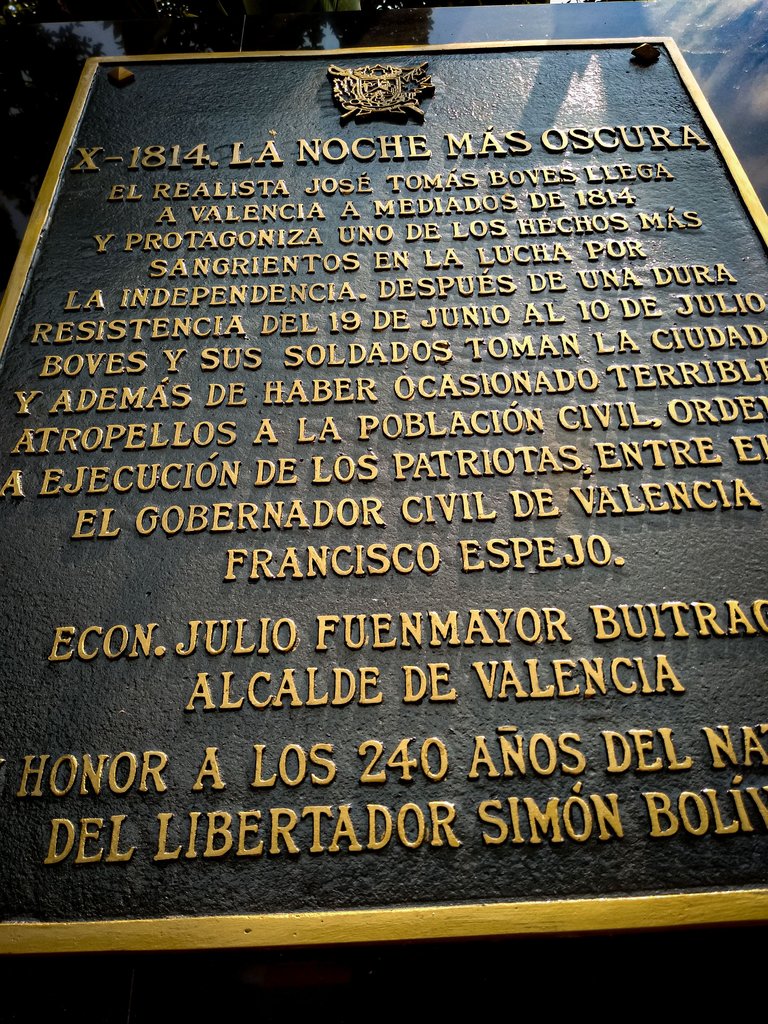
Curiosity always draws me to the smaller things, the ones people overlook when they pass in a hurry. The ironwork on the lamps, the sharp lines of granite at the base of the pedestal, the stubborn trees that keep shedding leaves even when the city forgets to water them. Their roots twist around old pipes and foundations, clinging to what is left of the soil that first nurtured Valencia. Some of those trees, I have been told, descend from the originals that shaded this square centuries ago. I like to imagine that somewhere in their rings is the imprint of cannon fire, the vibration of a nation being born. Squirrels dart up their trunks, pigeons argue over crumbs, iguanas sun themselves lazily on warm stone, and every so often, a child stops to stare, momentarily breaking the rhythm of a hurried adult world.
Despite all that grandeur, the plaza does not pretend. It wears its contradictions openly. The bronze heroism of Bolívar rises above a reality that is often weary and chaotic. Around the plaza, the old facades tell stories of prosperity now dulled by time. The paint peels, but the structure stands. The mix of neoclassical and colonial styles feels like a dialogue between generations that never quite agreed on how to move forward. I have always thought that was fitting for a place like Carabobo, where the spirit of independence still wrestles with the weight of everything that followed. There is something deeply human about that struggle between what was and what still wants to be.
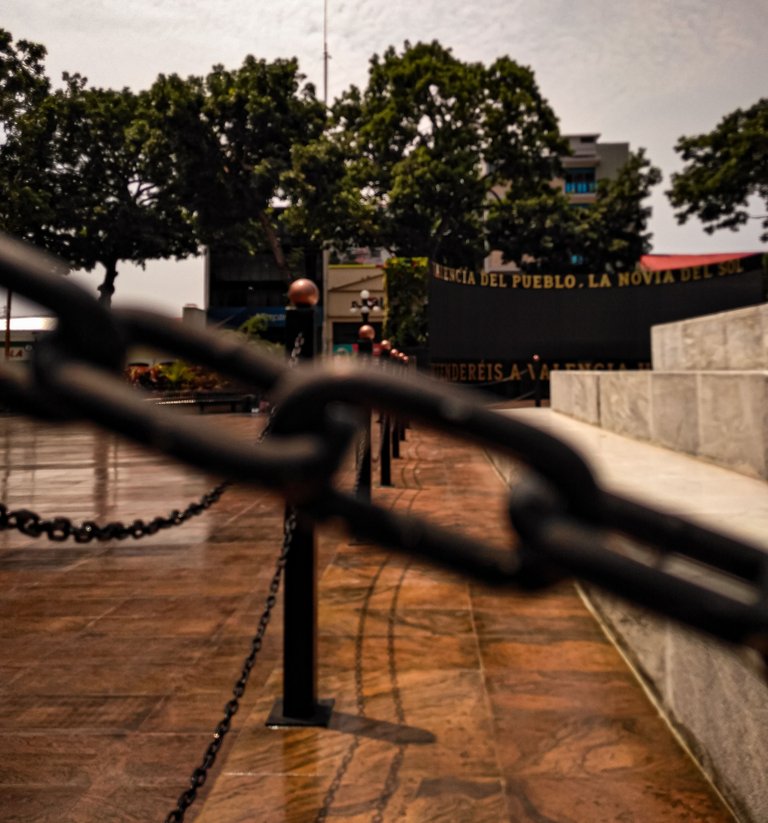

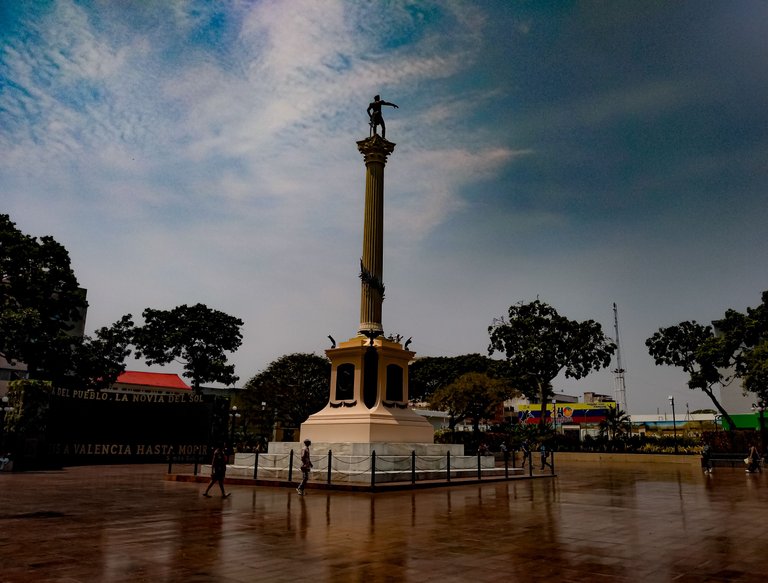

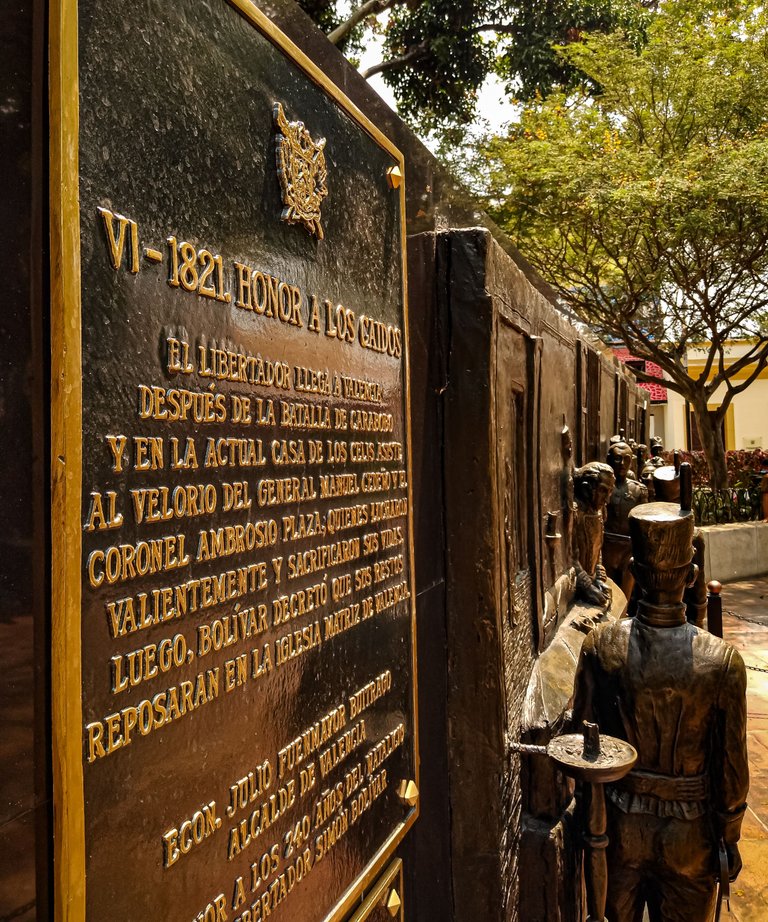
Evening settles differently here. The light softens over the marble, the noise fades just enough to let the plaza breathe again. Families sit on the benches, vendors pack their carts, and the old clock on the cathedral reminds everyone that time is still moving, no matter how much the place resists it. I often find myself staying until dusk, just watching. Maybe because the Plaza Bolívar, with all its worn beauty and unspoken ghosts, reminds me that everything we build, cities, nations, memories, eventually becomes a story. And if we are lucky, it becomes one worth returning to.
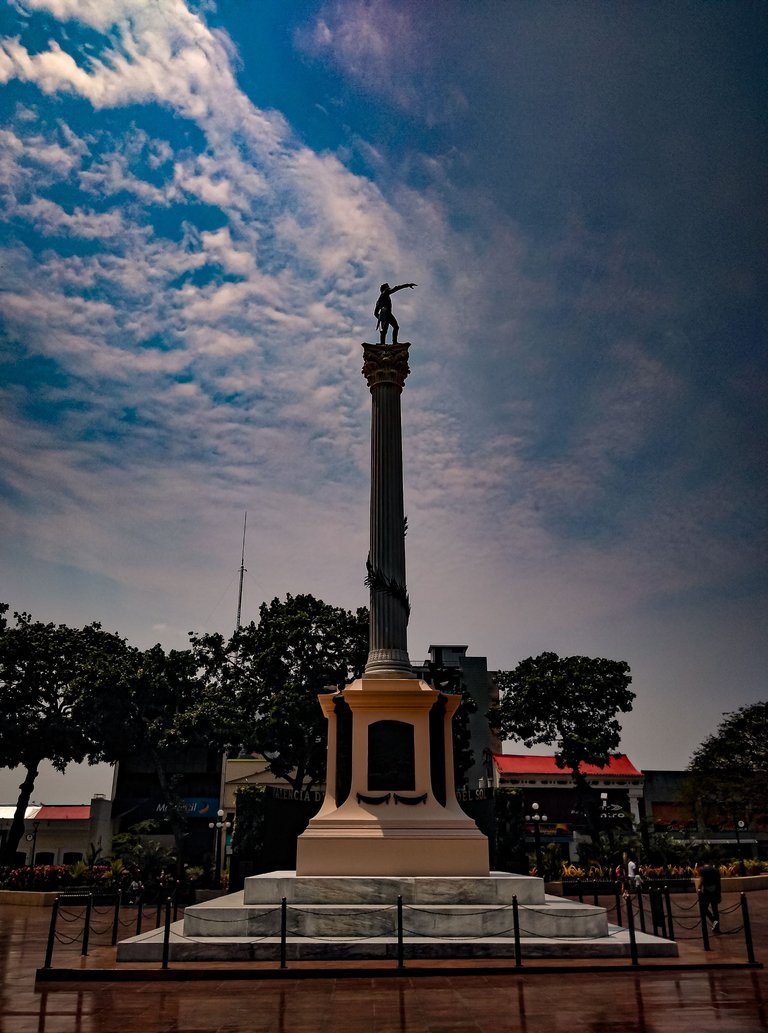
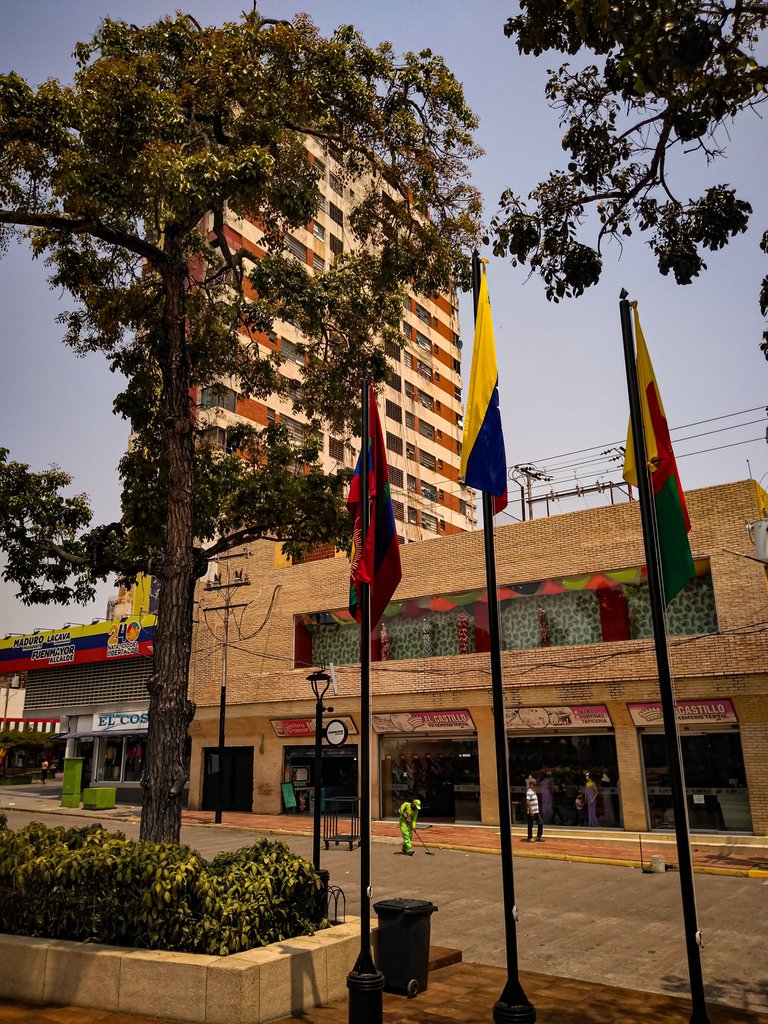
All photographs and content used in this post are my own. Therefore, they have been used under my permission and are my property.
























You can check out this post and your own profile on the map. Be part of the Worldmappin Community and join our Discord Channel to get in touch with other travelers, ask questions or just be updated on our latest features.